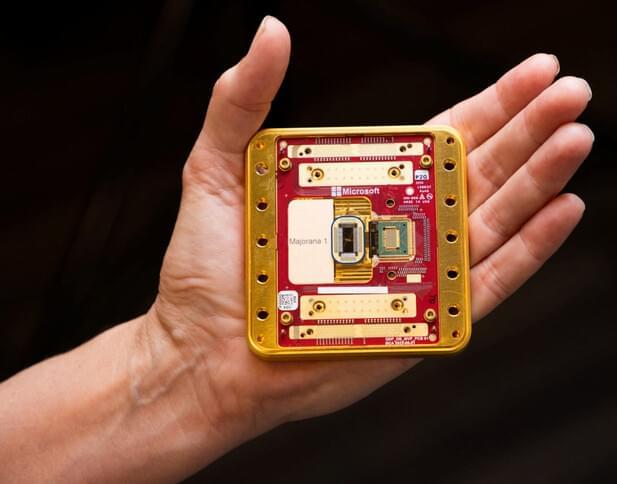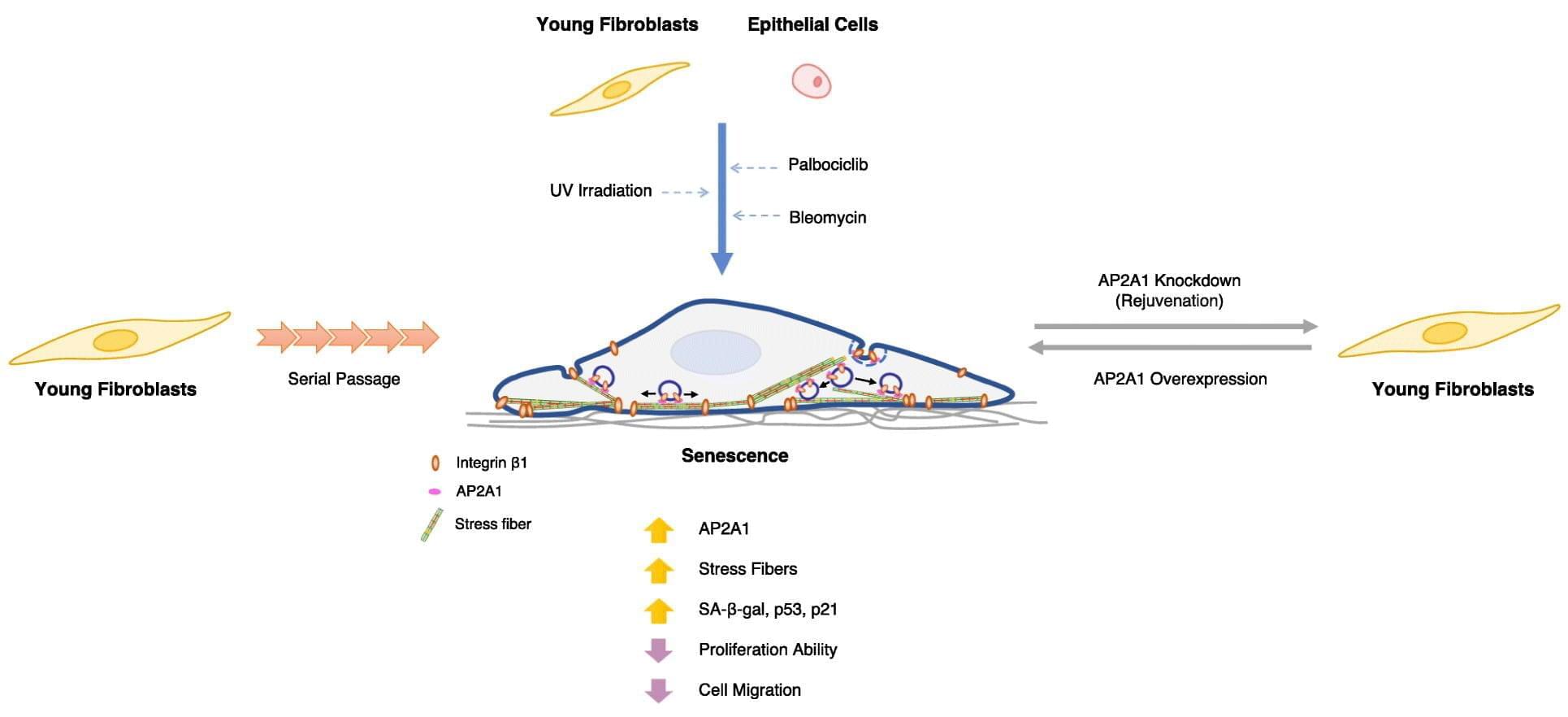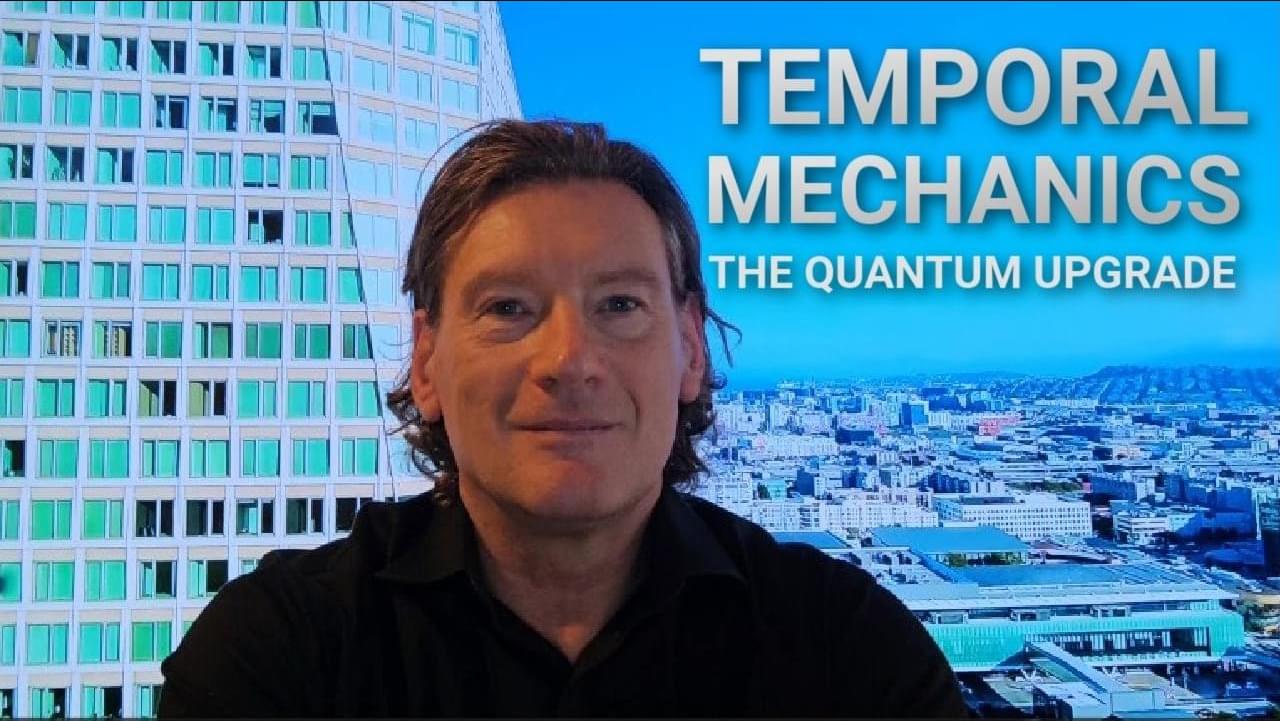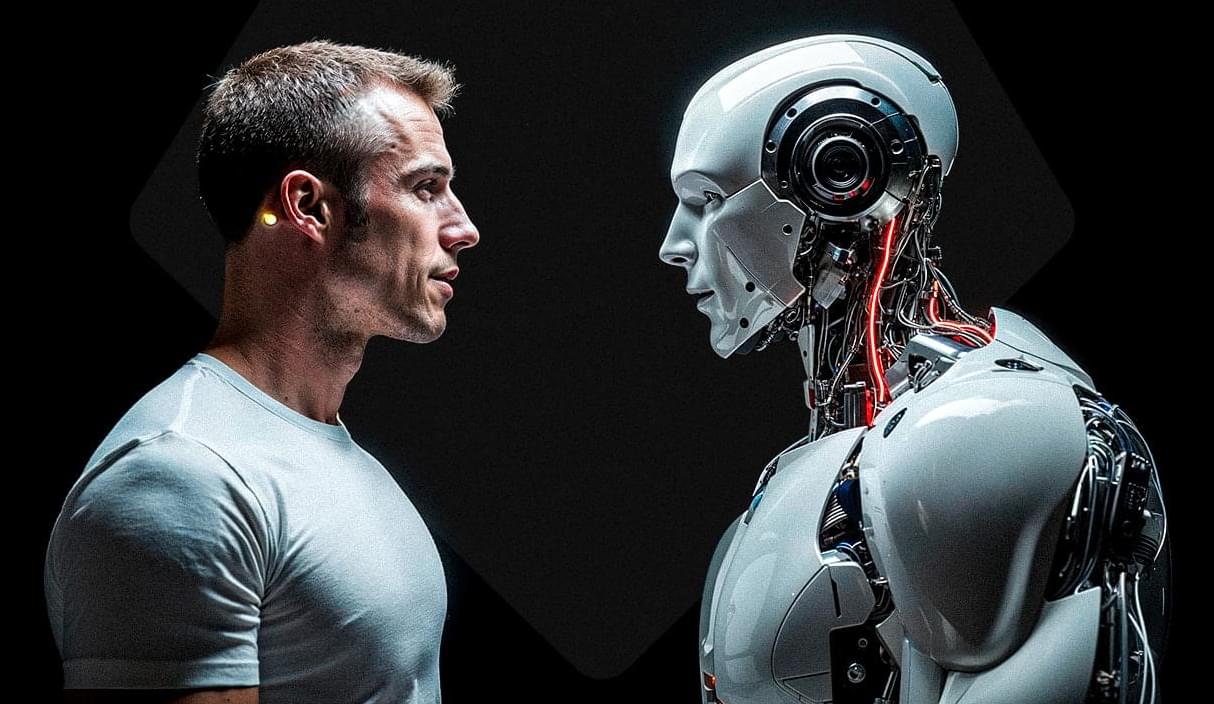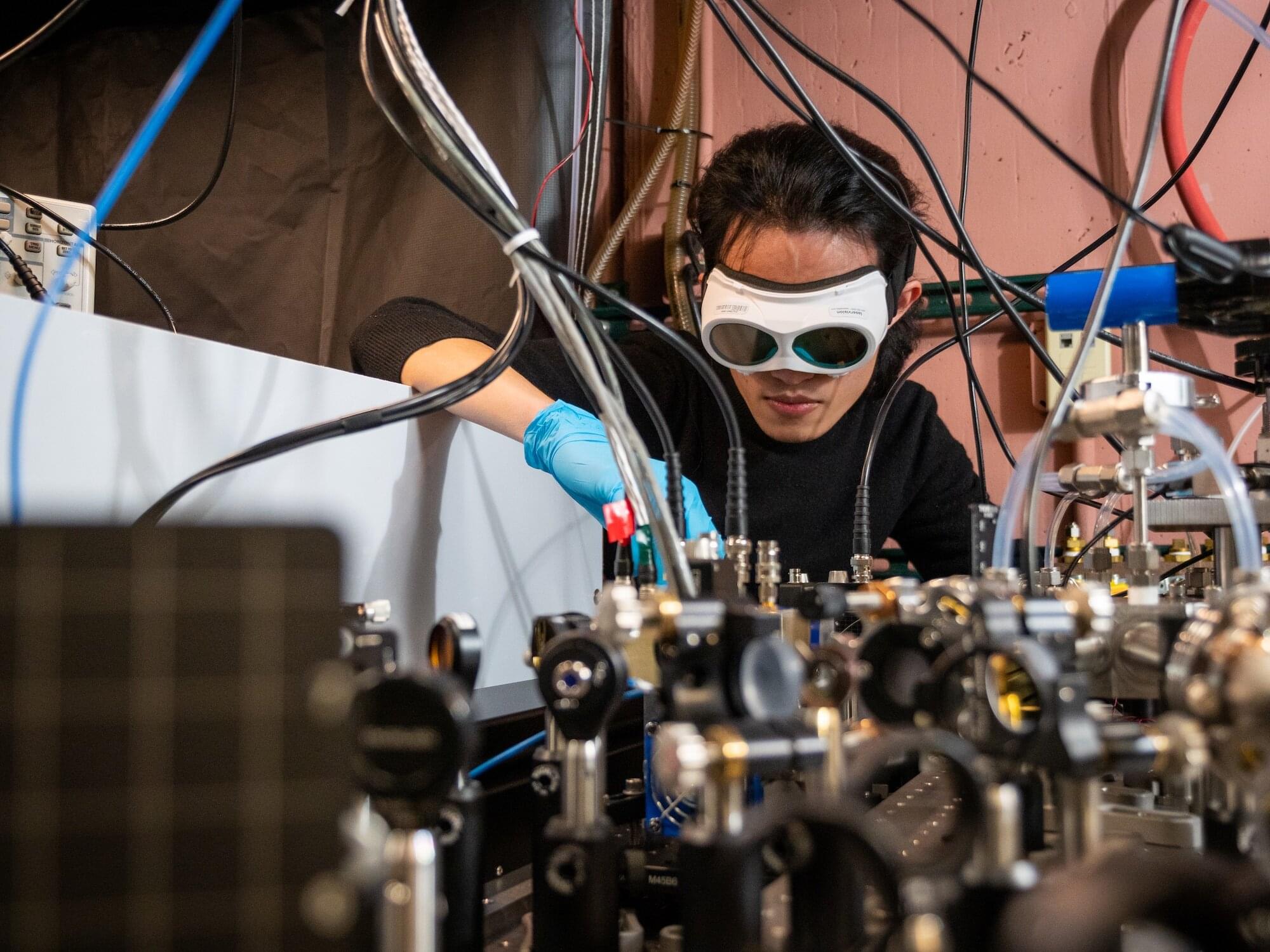Tech giant’s researchers say advance could lead to vastly more powerful computers.
Link in comments!
Future Day is coming up — no fees — just pure uncut futurology — spanning timezones — Feb 28th-March 1st.
We have: * Hugo de Garis on AI, Humanity & the Longterm * Linda MacDonald Glenn on Imbuing AI with Wisdom * James Barrat discussing new book ‘The Intelligence Explosion’ * Kristian Rönn on The Darwinian Trap * Phan, Xuan Tan on AI Safety in Education * Robin Hanson on Cultural Drift * James Hughes & James Newton-Thomas discussing Human Wage Crash & UBI * James Hughes on The Future Virtual You * Ben Goertzel & Hugo de Garis doing a Singularity Salon * Susan Schneider, Ben Goertzel & Robin Hanson discussing Ghosts in the Machine: Can AI Ever Wake Up? * Shun Yoshizawa (& Ken Mogi?) on LLM Metacognition.
Why not celebrate the amazing future we are collectively creating?
Follow one of these two diets to lower your risk of developing cancer and increase your chances of living longer, says longevity expert.
There are a multitude of products for sale that promise the appearance of eternal youth by erasing wrinkles or firming up jaw lines; but what if we could truly turn back time, at the cellular level? Now, researchers from Japan have found a protein that may do just that.
In a study published this month in Cellular Signaling, researchers from Osaka University have revealed that a key protein is responsible for toggling between “young” and “old” cell states.
As we age, older and less active cells, known as senescent cells, accumulate in multiple organs. These cells are noticeably larger than younger cells, and exhibit altered organization of stress fibers, the structural parts of cells that help them move and interact with their environment.
Rods of iron from God from the Moon – see why the US must beat China to the Moon for freedom, for survival.
GoldBacks from Galactic/Green Greg’s affiliate link:
https://www.defythegrid.com/goldbacks… coupon code GreenGregs for 1% off Outstanding Antioxidant for Your Health: https://shopc60.com/ Use discount code: GreenGregs10 for 10% off Inspire your kids to love science! SAVE 20% OFF New Science Kits Using Code: NEWKITSSAVE20 https://www.pntra.com/t/SENKTExNSUhDR… For gardening in your Lunar or Mars habitat GalacticGregs has teamed up with True Leaf Market http://www.pntrac.com/t/TUJGRklGSkJGT… Awesome deals for long term food supplies for those long missions to deep space (or prepping in case your spaceship crashes: See the Special Deals at My Patriot Supply: www.PrepWithGreg.com For that off-grid asteroid homestead stock up with Lemans before you blast off: https://www.pntrs.com/t/SENJR0ZOSk9DR…
Have you ever questioned the true nature of time? Some physicists claim that time is just an illusion, but our lived experience suggests otherwise. In his latest work, Temporal Mechanics: D-Theory as a Critical Upgrade to Our Understanding of the Nature of Time, cyberneticist Alex M. Vikoulov explores how time is deeply rooted in information processing by conscious systems. From species-specific time perception to the implications of Quantum AI’s accelerated mentation, this video presents some mind-bending ideas in the physics of time. Could an advanced superintelligence manipulate its own past states? Could time itself be an editable construct? Could an AI with advanced temporal modeling actually see every possible future simultaneously?
*Preview TEMPORAL MECHANICS eBook/Audiobook on Amazon:
*Preview Audiobook on Audible:
https://www.audible.com/pd/Audiobook/B0CY9HXWXX
#TemporalMechanics #PhysicsofTime #TimeTravel
Everyone is talking about AI. Do you think it will surpass human intelligence? And what consequences will this have?
We need to focus primarily on how artificial intelligence will transform the workforce and job market. For instance, AI will be a key component of humanoid robots’ brains. Tesla is already producing them, and I believe that within the next 5 years, every automotive company is likely to produce their own version. This makes sense because automotive companies already have the assembly lines and engineering expertise to produce all the small components needed to build them. We’re already amazed by what AI can do today—imagine what it will do in 5 or 10 years, and then think about what it could do when integrated into a humanoid robot. It’s already confirmed through commercial orders with current manufacturers that major fast-food franchise chains and other chains, for example, in the transportation sector, will test humanoid robots within their processes. AI is already skilled in programming tasks and will soon be able to enhance itself.
Humans have been selectively breeding cats and dogs for thousands of years to make more desirable pets. A new startup called the Los Angeles Project aims to speed up that process with genetic engineering to make glow-in-the-dark rabbits, hypoallergenic cats and dogs, and possibly, one day, actual unicorns.
The Los Angeles Project is the brainchild of biohacker Josie Zayner, who in 2017 publicly injected herself with the gene-editing tool Crispr during a conference in San Francisco and livestreamed it. “I want to help humans genetically modify themselves,” she said at the time. She’s also given herself a fecal transplant and a DIY Covid vaccine and is the founder and CEO of The Odin, a company that sells home genetic-engineering kits.
Now, Zayner wants to create the next generation of pets. “I think, as a human species, it’s kind of our moral prerogative to level up animals,” she says.
Summary: Researchers found that Buddhist jhāna meditation and Christian speaking in tongues, despite their differences, share a common cognitive feedback loop. This process, called the Attention, Arousal, and Release Spiral, creates a cycle where focused attention leads to joy, making concentration effortless and deepening the experience.
The study gathered firsthand accounts from meditation retreats and worship services, analyzing the micro-moments of attention and emotional shifts. Preliminary brain activity findings suggest both practices involve a cognitive shift that enhances immersion.
Understanding this shared mechanism could help more people access profound states of focus and tranquility. The next phase of research will use brain imaging to explore the physiological changes behind this phenomenon.
Expert sommeliers can take a whiff of a glass of wine and tell you a lot about what’s in your pinot noir or cabernet sauvignon. A team of physicists at CU Boulder and the National Institute of Standards and Technology (NIST) have achieved a similar feat of sensing, only for a much wider range of substances.
The group has developed a new laser-based device that can take any sample of gas and identify a huge variety of the molecules within it. It is sensitive enough to detect those molecules at minute concentrations all the way down to parts per trillion.
Its design is also simple enough that researchers could employ the method quickly and at a low cost in a range of settings, from diagnosing illnesses in human patients to tracking greenhouse gas emissions from factories.
